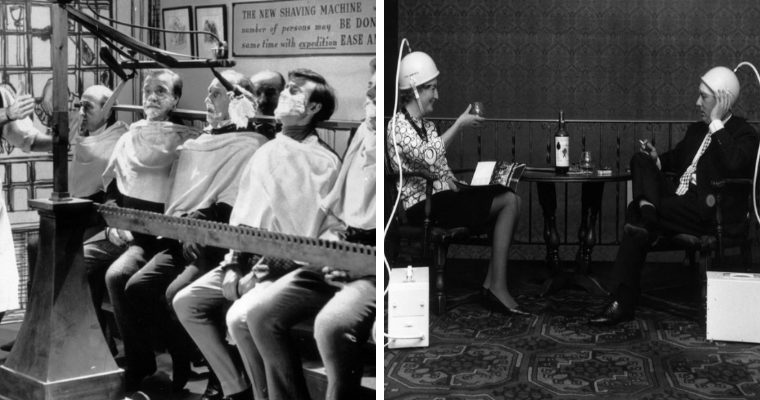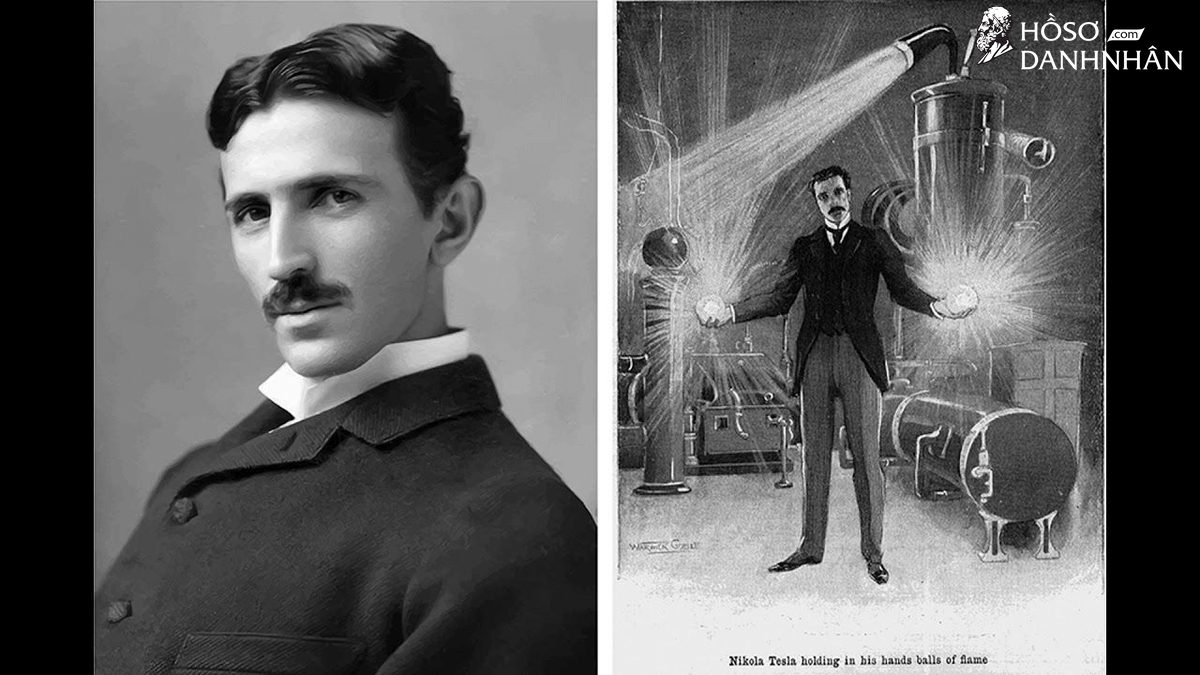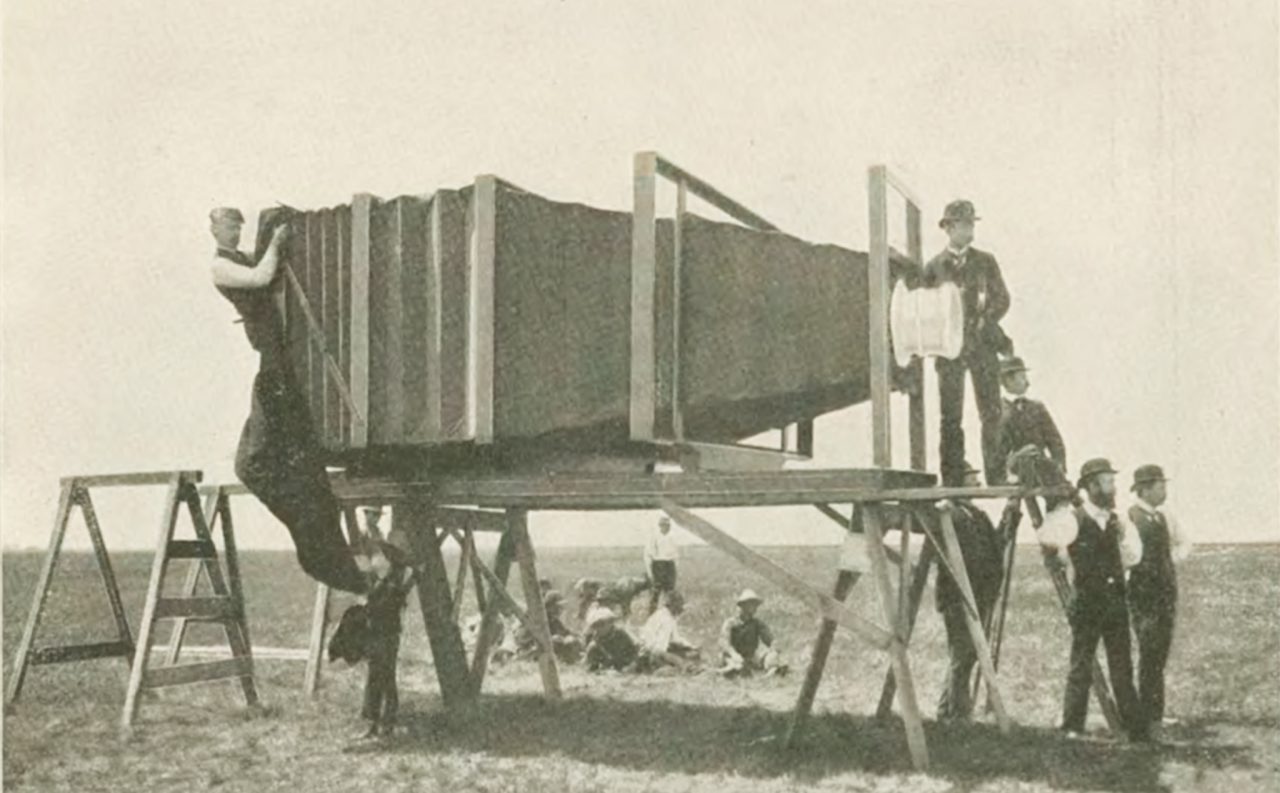A little-known story about the appearance of the first television on earth, not just another invention in the path of modern development; It was a turning point in human history.
From the small wooden house
Back on August 19, 1906, a sweltering, hot day in Beaver City, Utah, USA. Inside Lewis Edwin Farnsworth’s chalet, young wife Serena Amanda Bastian is giving birth to their first child, a lovely baby boy named Philo Taylor Farnsworth. When Philo came to the world, his father believed that in the future, this would be a special child.
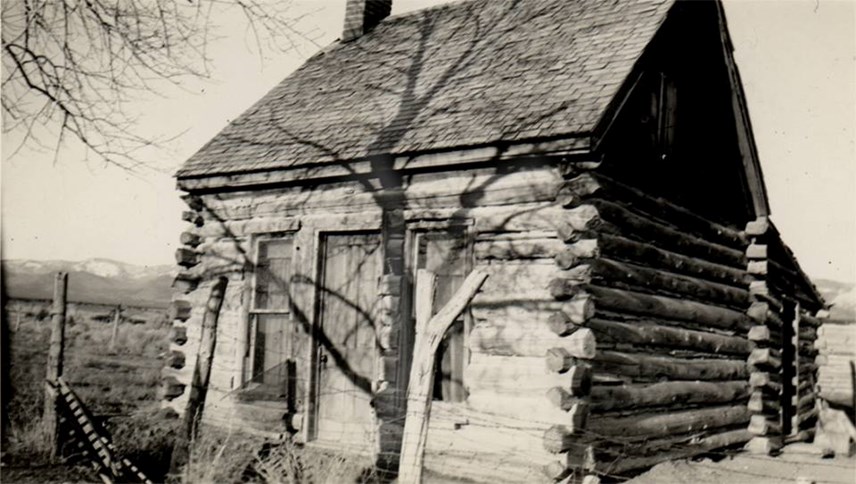
The house where inventor Philo Farnsworth was born. Photo: The History of TV.
As time went on, on a summer afternoon in 1920, Philo Taylor Farnsworth, then 14 years old, was plowing a potato field inside Bungalow Farm near the town of Rigby Idaho. The horse was pulling and the young boy followed behind, his mind reeling with thoughts of electrons.
Farnsworth, the horse, and the harrow plow together in a straight line, then turn around, plow another row, and keep turning until the job is done.
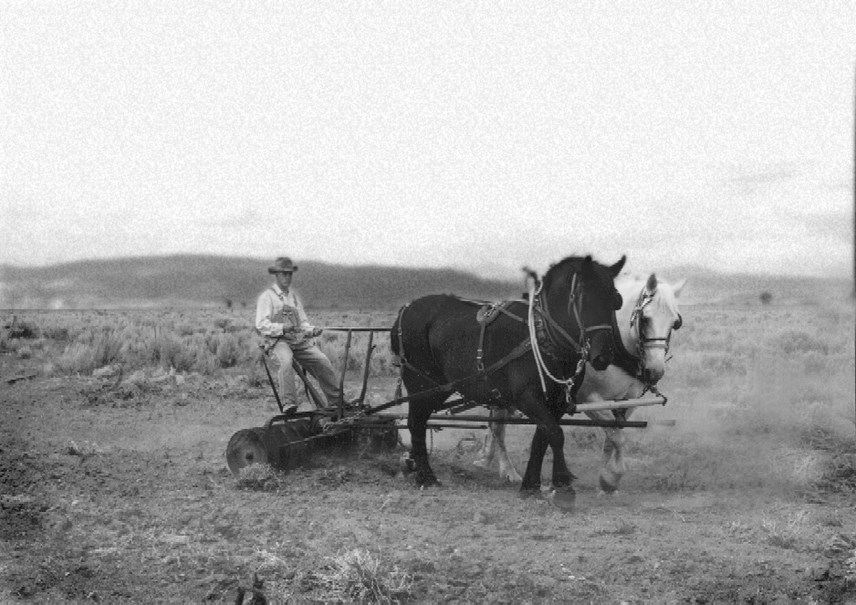
Philo Taylor Farnsworth, a 14-year-old farmer boy, taken in 1921. Photo: The History of TV.
It was at this moment that the science-loving teenager came up with a crazy idea. If he could train the ‘electrons’ with the same method — going to the end of the row, back, then to the other row — Philo would be able to transmit images through the air.
No one would have expected the inspiration for television to come from a horse.
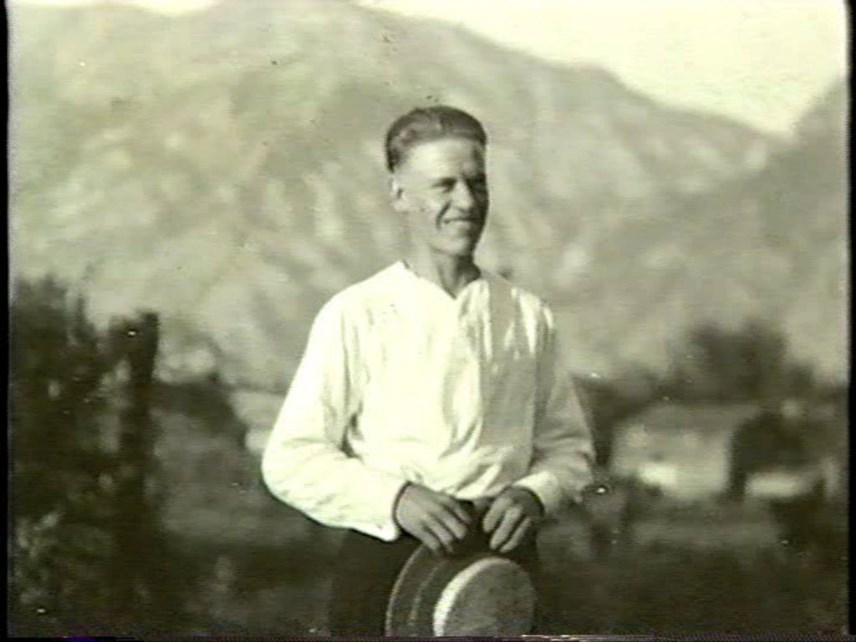
Philo Farnsworth, a science-loving teenager, was taken in 1920. Photo: The History of TV.
First road
In the fall of 1921, Philo started high school. At the end of the school year, in February 1922, the young teenager shared his idea with his science teacher, Mr. Justin Tolman, and wrote on the blackboard how visual transmission would work. any.
Mr. Tolman had trouble listening to what the freshman was trying to convey. At the end of the conversation, Philo drew in his notebook a sketch of what the inside of a television camera might look like, ripped the page, and gave it to Mr. Tolman.
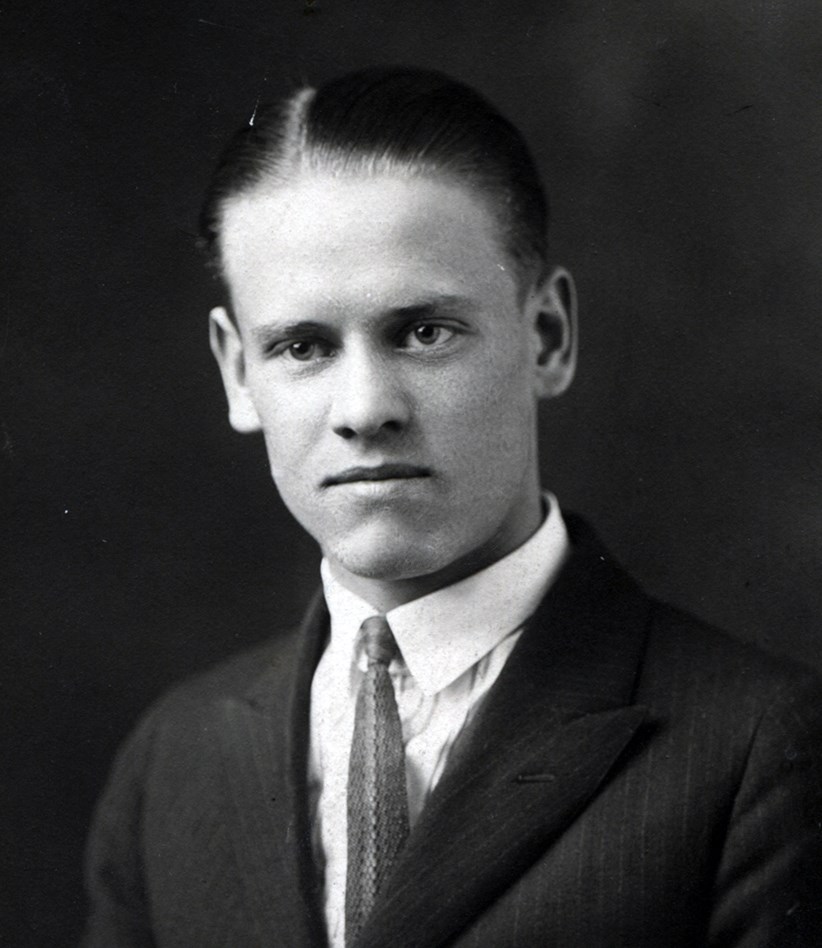
Photo of teenager Philo Taylor Farnsworth at the age of 15. Photo: The History of TV.
This drawing 30 years later changed Philo’s life when it became the most important piece of evidence in the patent battle, a lawsuit against American radio giant RCA. This lawsuit is likened to “an unequal battle between the little shepherd boy David, with only a stone and a rubber crossbow that defeated the giant Goliath”.

Sketches in notebooks of 15-year-old schoolboy Philo Farnsworth. Photo: The History of TV.
Going back to the time when Philo drew the sketch, not long after in 1922, he had to move with his family to Provo (Utah). But Philo’s father died a year later, the 18-year-old also had to drop out of school to earn money to support his family.
On February 25, 1926, Philo Farnsworth, then 19 years old, proposed to Elma Gardner, the girl he had met at Provo High, who was commonly known as Pem. Elma lived to be 98 years old and spent the last 40 years of her life trying to regain the reputation that should have belonged to Philo.

Photo: Philo Farnsworth and his wife Elma Gardner taken in 1926. Photo: The History of TV.
In 1926, the young Philo, now commonly known as Farnsworth, began to collect money and set off for Los Angeles to realize his project with $6,000. However, his start was unsuccessful. An unexpected power surge during an experiment caused an explosion in the lab and everything was destroyed.
Farnsworth’s journey returned to the starting line. In San Francisco, he met with two investors, Mr. Les Gorrell and George Everson, to convince them to fund a television research project. They agreed to establish a laboratory at 202 Green Street on September 22, 1927 in California, with an investment of $25,000.
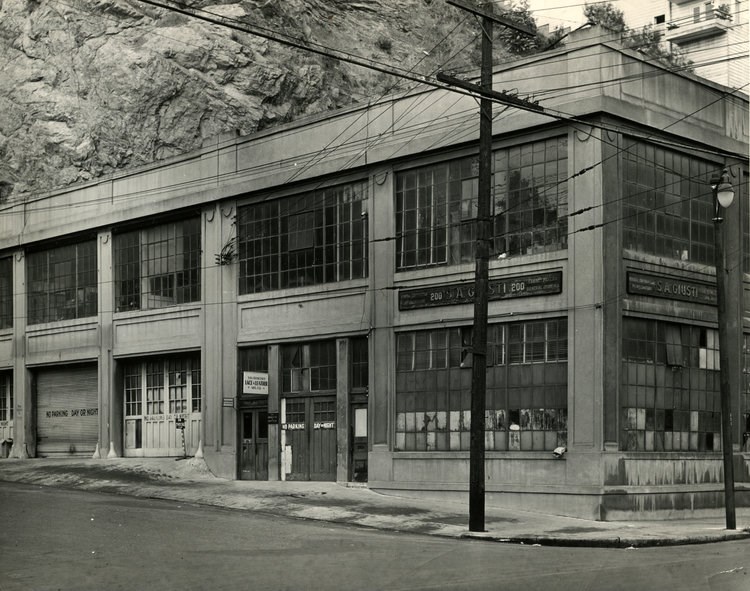
Laboratory in Green Street, California. Photo: The History of TV.
Farnsworth’s lab associates included his wife Pem, two electrical engineers, and Cliff Gardner, Pem’s brother, a former lumberjack, who would learn how to blow the intricate vacuum tubes that would later become the first television cameras.
As recorded in Farnsworth’s daily notebook, the first successful televising took place on September 7, 1927. Mr. Everson then sent a telegram to Mr. Gorrell with the only statement: “That damn thing worked!”
It was the beginning of a new era of technology that would change the world forever.
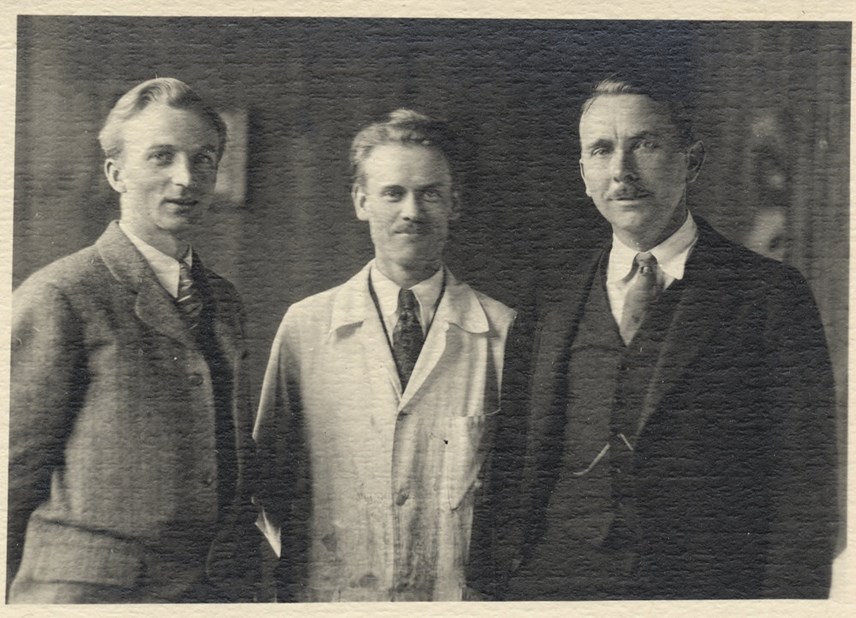
Philo Farnsworth with Mr. Les Gorrell and George Everson. Photo: The History of TV.
‘What will come will come’
It is a fact that most businesses will eventually have to face competition. In Farnsworth’s case, it was a battle with the Radio Corporation of America (RCA), which was run by David Sarnoff at the time.
RCA was then known as the American electronics giant, founded in 1919 and essentially a monopoly in the electronics industry. No one can manufacture or sell radio equipment without paying royalties to RCA.
In April 1930, Dr. Vladimir Zworykin, a friend in the field of electronics, visited Farnsworth’s laboratory in San Francisco. Dr. Zworykin used to work for Westinghouse, a company credited with developing electrical infrastructure in the US.
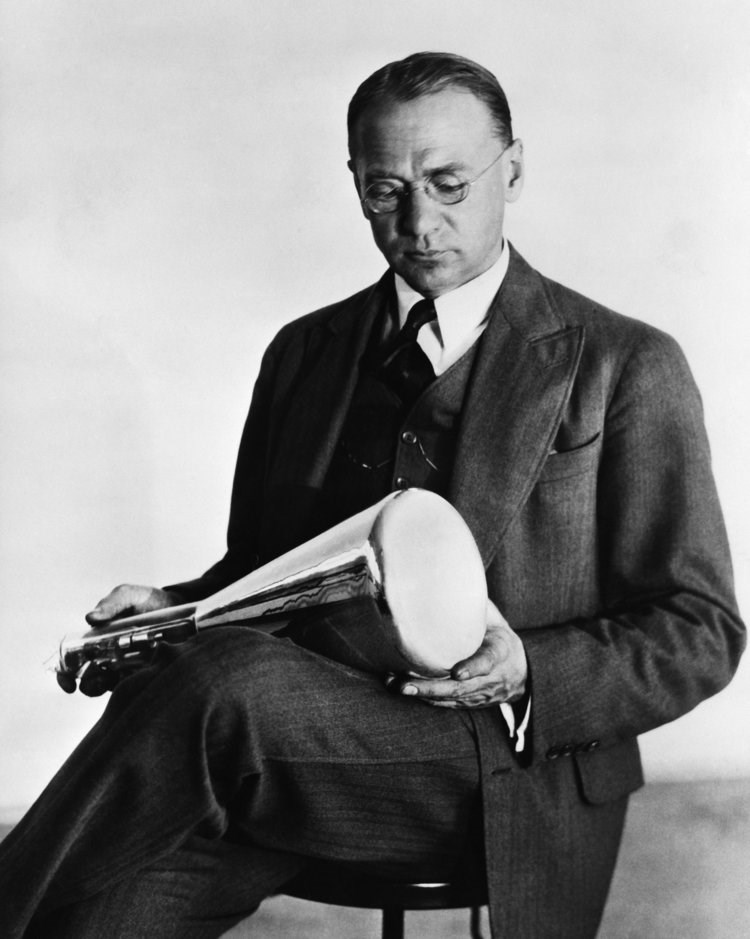
Dr. Vladimir Zworykin (1888 – 1982). Photo: The History of TV.
When he witnessed Farnsworth’s invention of the image extraction camera tube, Dr. was surprised with many big questions. And Farnsworth enthusiastically showed him what he and his partner had invented, and how it worked.
However, Dr. Zworykin was no longer working for Westinghouse at that time. He appeared in San Francisco as the head of RCA’s electronic television project. After learning about Farnsworth’s television project, Dr. Zworykin sent a 700-word telegram to RCA, explaining exactly how television worked. They ‘stealed’ all of Farnsworth’s ideas and produced their own version.
The outbreak of World War II hampered the flourishing of television, and by the end of the war Farnsworth’s patents had all expired, making all his inventions ‘property. public’.
And of course, what comes will come. Immediately after that was a lawsuit. The RCA had stated that a self-taught 21-year-old could not have invented such a complex thing, but Farnsworth’s former teacher showed up with the student’s old sketch. The truth is not that a 21-year-old boy, but a 15-year-old boy, was able to do it.

Philo Farnsworth with his high school science teacher Justin Tolman. Photo: The History of TV.
In 1934, after the RCA failed to produce any evidence to disprove Farnsworth’s work, the US Patent Office issued a final verdict, Philo Taylor Farnsworth was the inventor of the image separator. first television. Even so, RCA – rather than Farnsworth – made all the money television brought in.
Future career
In 1938, Philo Farnsworth revived Farnsworth Television, formerly the Farnsworth Television company he founded in 1933, and purchased a factory in Fort Wayne (Indiana) to produce televisions and radios. In 1939, RCA agreed to pay Farnsworth royalties for using his patented components in their television system.
Although Farnsworth prevailed against the RCA, the years of legal warfare took his toll. After suffering a nervous breakdown in 1939, he moved to Maine to recuperate.
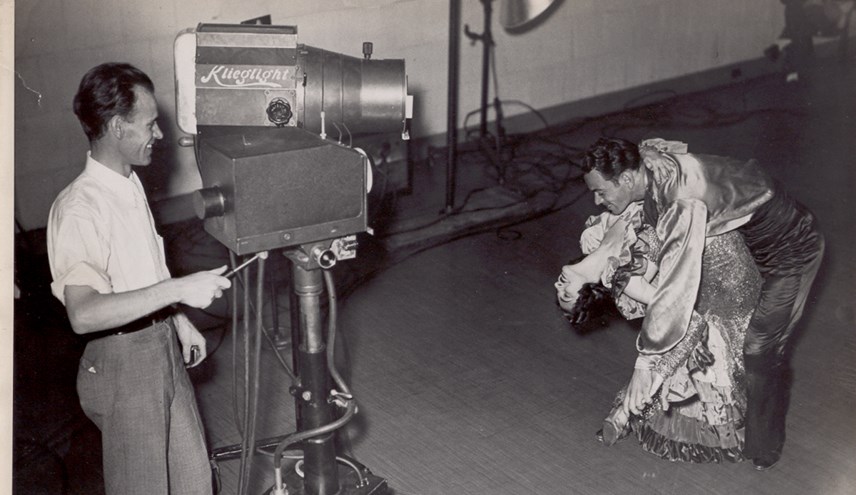
Philo Farnsworth with his electronic television at the Franklin Institute in Philadelphia in 1935. Photo: The History of TV.
In 1947, Farnsworth moved back to Fort Wayne, where the Farnsworth Radio and Television Corporation produced the first commercial televisions. However, after a difficult period, his company was acquired by the International Telephone and Telegraph Company (ITT) in 1951.
After many difficulties later, Philo Farnsworth’s company was finally dissolved in January 1971.
Conquer the moon
Back in the 1960s, at the age of 54, Farnsworth began to hate the things he invented himself. He once envisioned television as a ‘Great Unity’, a bridge connecting the world and ending war.
But television was then seen as “a vast intellectual wasteland” and “a stupid box”. Farnsworth even banned his four sons from watching television.
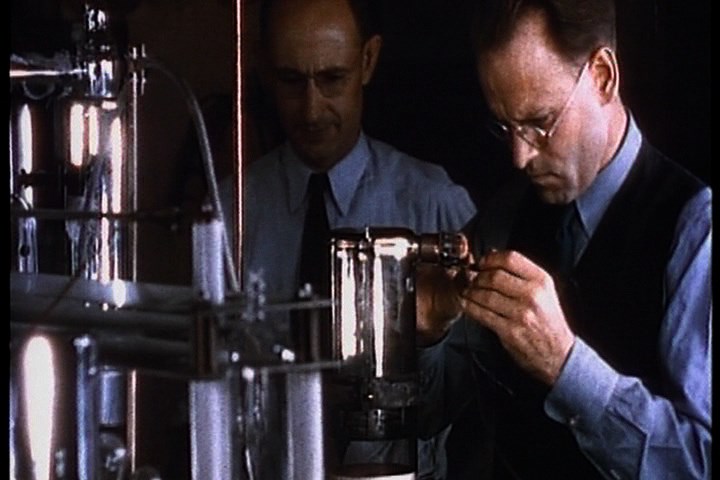
Image of Philo Farnsworth during World War II (1942 – 1945). Photo: The History of TV.
It wasn’t until NASA was ready to embark on the conquest of the Moon that they knew they needed to televise this monumental event from space to all mankind. And of all the camera designs NASA has reviewed, Farnsworth’s is the most reliable.
On July 20, 1969, astronaut Neil Armstrong’s first steps on the moon became one of the proudest moments in inventor Farnsworth’s life. In 2006, when asked about her memories, Mrs. Pem still remembers Farnsworth smiling at her and saying: “This moment made it all worthwhile.”

Farnsworth’s wife, Pem, was by his side in the lab and in the midst of legal battles. Photo: The History of TV.
The ‘forgotten’ inventor
There have been many books telling the story of Farnsworth’s life and his path to the invention of television. However, for some reason, Philo Taylor Farnsworth is not known to the world. Perhaps other than those searching for his story, no one knows who Philo Farnsworth is.
Paul Schatzkin, author of the book “The Boy Who Invents Television”, has put forward three theories for this reality. “The first idea was because Farnsworth himself was not so focused on his own achievements. The second factor is probably due to the influence of the classic patent war,” he shared in an interview.

For some reason, Philo Farnsworth is unknown to the world. Photo: The History of TV.
“But the main reason we don’t get to know the name Philo Farnsworth more is because he couldn’t keep his company alive. In general, the inventors we know are famous for the company they founded.”
On March 11, 1971, inventor Philo Farnsworth died at the age of 64 in Salt Lake City, after years of battling depression and pneumonia, “without a penny”.
In 2013, the Academy of Television Arts & Sciences promoted Philo Taylor Farnsworth to the Television Hall of Fame.
Since 2003, the Academy has awarded the Philo T. Farnsworth Business Achievement Award to companies that have made a significant impact on the television and broadcast engineering industries.
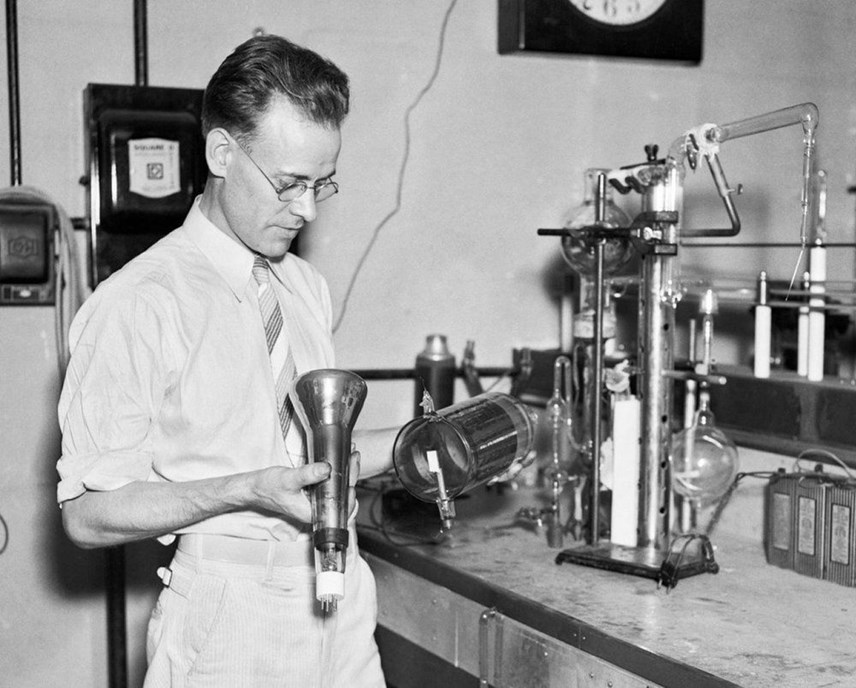
“Father of Television” Philo Taylor Farnsworth. Photo: The History of TV.
The birth of what we know today as television and television was not merely a small point in human evolution. It was an important milestone in human history.
Philo was right at the inflection point between the age of mechanics and the age of electronics. “Father of television” Philo Taylor Farnsworth represents the potential to access a field of knowledge that people are not ready for.




